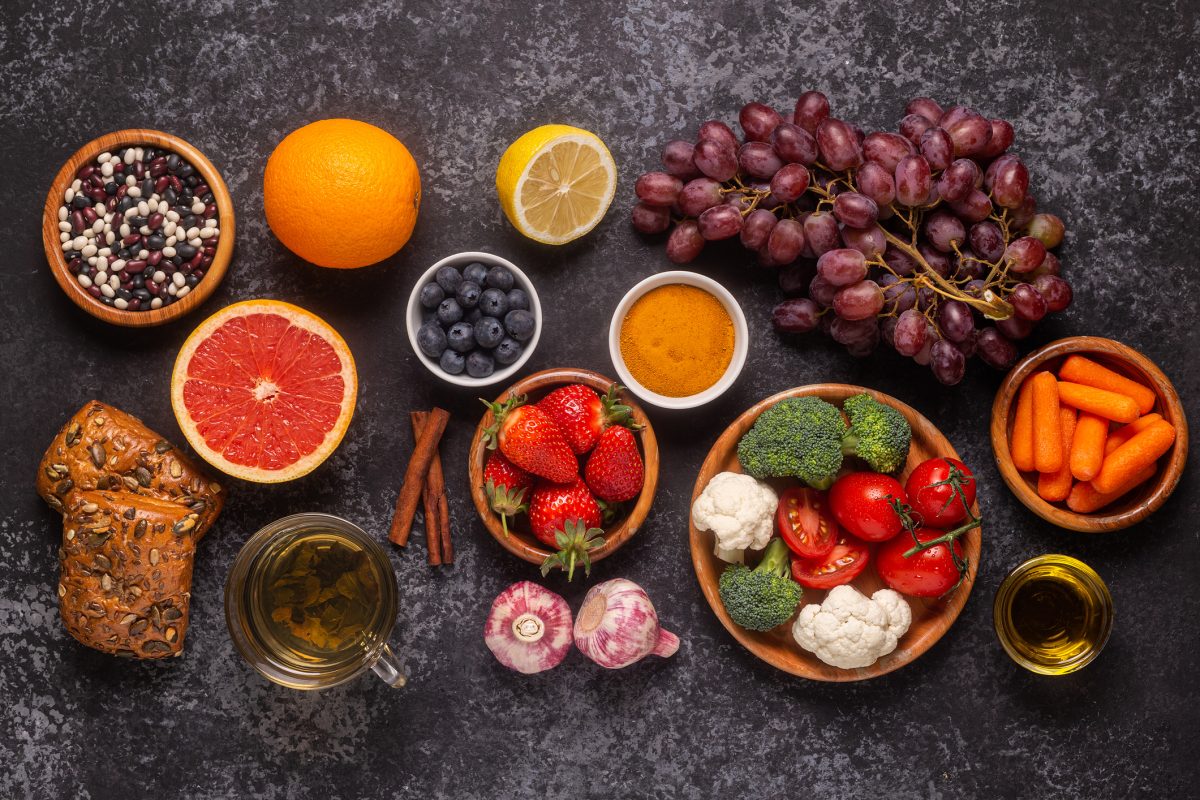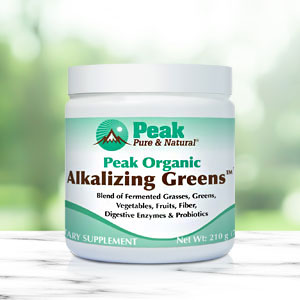Flavonoids are plant compounds with a variety of health benefits. Many plant-based foods, as well as beverages such as tea and wine, contain flavonoids.
Flavonoids help prevent diseases like diabetes and heart disease.
So you may think that it’s a good idea to eat as much flavonoid-rich food as you can.
Well, you wouldn’t exactly be wrong there, but ….
There are several subclasses of flavonoids, and as much as it matters to include lots of them in your diet, new research reveals that what matters most is eating a diverse mix of them from those different classes.
That way you’ll not only lower your risk for chronic disease — but also for early death!
Diversity matters to live long and without chronic disease
An international team of researchers analyzed data on 124,805 adults in the UK Biobank aged 40 or over, looking for links between self-reported diet and health.
They found a correlation between the amount of flavonoids in the diet and conditions such as type 2 diabetes, cardiovascular disease (CVD), cancer and neurological disease.
According to ECU Research Fellow, first author and co-lead of the study Dr Benjamin Parmenter, “Flavonoid intakes of around 500 mg a day was associated with a 16% lower risk of all-cause mortality, as well as a ~10% lower risk of CVD, type 2 diabetes, and respiratory disease. That’s roughly the amount of flavonoids that you would consume in two cups of tea.”
He added, however, that those who consumed the widest diversity of flavonoids from a variety of foods, even when consuming the same total amount, had an even lower risk of these diseases.
So why does diversity matter?
According to study co-lead Professor Aedín Cassidy from the Co-Centre for Sustainable Food Systems and Institute for Global Food Security at Queen’s University Belfast, “… different flavonoids work in different ways, some improve blood pressure, others help with cholesterol levels and decrease inflammation. This study is significant as the results indicate that consuming a higher quantity and wider diversity has the potential to lead to a greater reduction in ill health than just a single source.”
“The results provide a clear public health message, suggesting that simple and achievable dietary swaps, such as drinking more tea and eating more berries and apples for example, can help increase the variety and intake of flavonoid-rich foods, and potentially improve health in the long-term,” she added.
How to improve your flavonoid game
There are over 6,000 known flavonoids. They are found in a variety of foods and they can appear together in some foods, including:
Flavonols like quercetin, found in apples and pears, lower stroke risk and reduce inflammation. Quercetin also slashes dementia risk, along with kaempferol and others.
Isoflavones are a type of phytoestrogen.
Flavanones lower cholesterol and fat in the blood..
Anthocyanins found in purple, red, and blue produce are antioxidants that support brain, heart and immune functions.
Chalcones have antioxidant properties, protecting the body from cancer and age-related illnesses.
Catechins are popularly found in green tea, and play a role in skin and gut health, among other benefits.
Clearly, you want to be eating plenty of flavonoids.
But here’s the thing … these different classes of flavonoids aren’t all found in one place.
They’re spread among a wide range of foods, including:
- Blueberries
- Peaches
- Red grapes
- Cranberries
- Apples
- Kale
- Onions
- Broccoli
- Black and green tea
- Soy beans
- Cherries
Oh, and they’re also found in red wine and dark chocolate!
A challenge for you
The people in this study who were consuming the most flavonoids were snacking on 19 different types of flavonoids a day!
Can you come close to that? Want to try?
The way to do it, or to even come close, is to eat a wide range of flavonoid-rich foods. Some were mentioned above. Others include:
- lettuce
- bananas
- raspberries
- blackberries
- strawberries
- citrus fruits
- tomatoes
- pears
Nutritionists advise you to “eat the rainbow,” meaning you should consume fruits and vegetables of many colors in order to get your share of flavonoids.
And with summer upon us, that shouldn’t be too hard!
Sources:
Having a mix of tea, berries, apples, and grapes every day may lower your risk of chronic disease and early death — Scimex
A Mix of These Specific Foods Could Help You Avoid Chronic Disease — Science Alert
High diversity of dietary flavonoid intake is associated with a lower risk of all-cause mortality and major chronic diseases — Nature Food
Top foods high in flavonoids — Web MD
Read full article here




